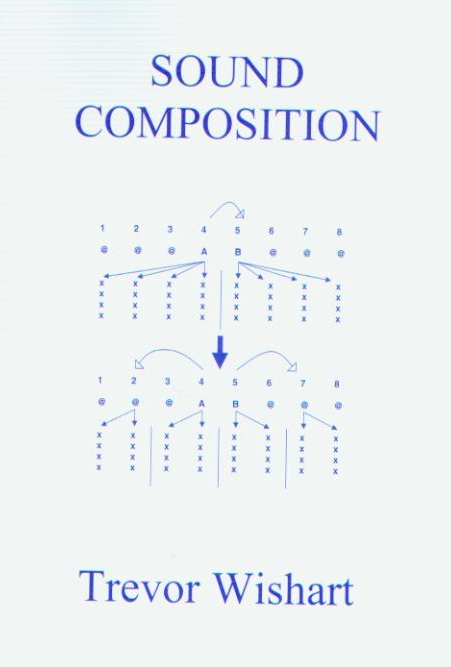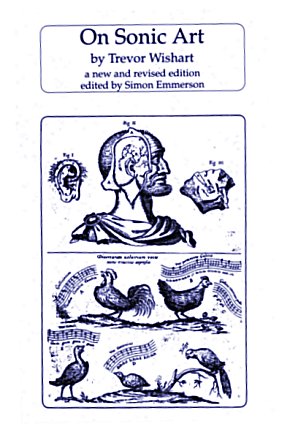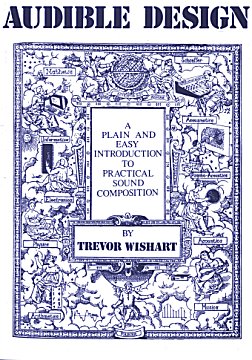

In the past, the quality or nature of sounds used in music was set by the
technology of instrument design, and conventions about performance and
musical 'expression'. In the 19th century, european composers became increasingly
concerned with 'sonority', through development of new orchestration techniques,
and new instruments. However, a systematic approach to sound itself had to
wait for the invention of sound recording and the accurate computer
analysis of sounds. Studios, and then computers, also provided powerful new
tools for musicians to work directly with sound.

In the book On Sonic Art, Trevor Wishart discussed
new musical possibilities offered by these tools, and developed
notion of a sophisticated art of sound, or Sonic Art. In particular, put forward
the ideas of sound landscape (handling sound images and representation
using sound), and sound transformation
as a unifying principle for composing, traditionally or with sounds.
The book Audible Design,
provides detailed description of the craft of
sound transformation using new software instruments, with non-mathematical explanations
and recorded music examples of all processes.
Many of these processes (e.g. sound morphing, spectral stretching, waveset distortion, sound shredding, grain manipulation, moving harmonic field filters) were first developed by Trevor Wishart, either at IRCAM, or as part of the Composers Desktop Project. Virtually all processes described in Audible Design are available on the Sound Loom.
The book Sound Composition, describes the musical
thinking and working methods behind the composition of most of Trevor Wishart's electro-acoustic
and vocal works.
Based on lectures presented over the last 40 years, the discussion is illustrated
with copious sound examples, on the 2 CDs which accompany the book.
The final chapter discusses sound diffusion, and is followed by reproductions of the diffusion scores
used by the composer, with worked examples.